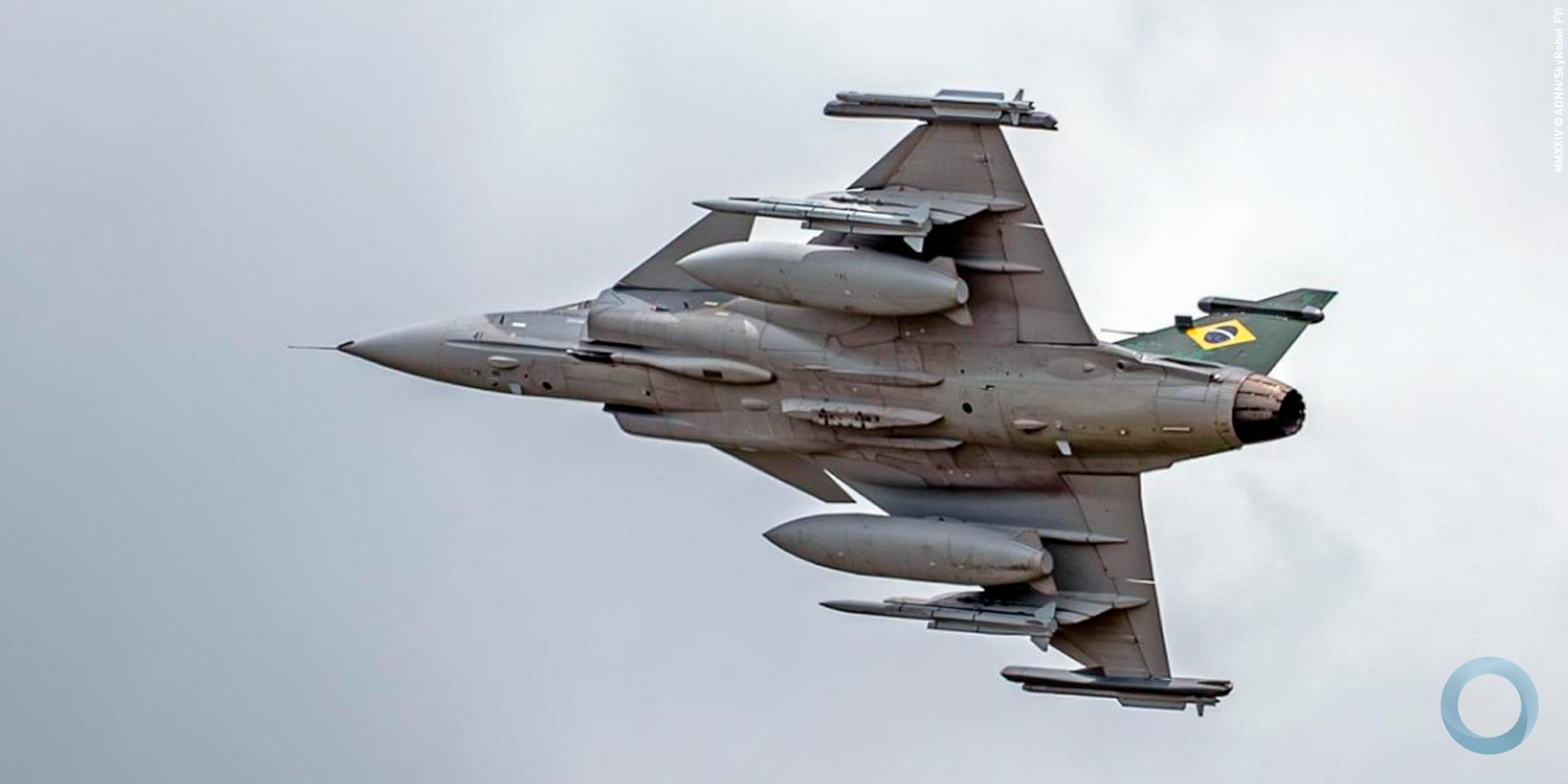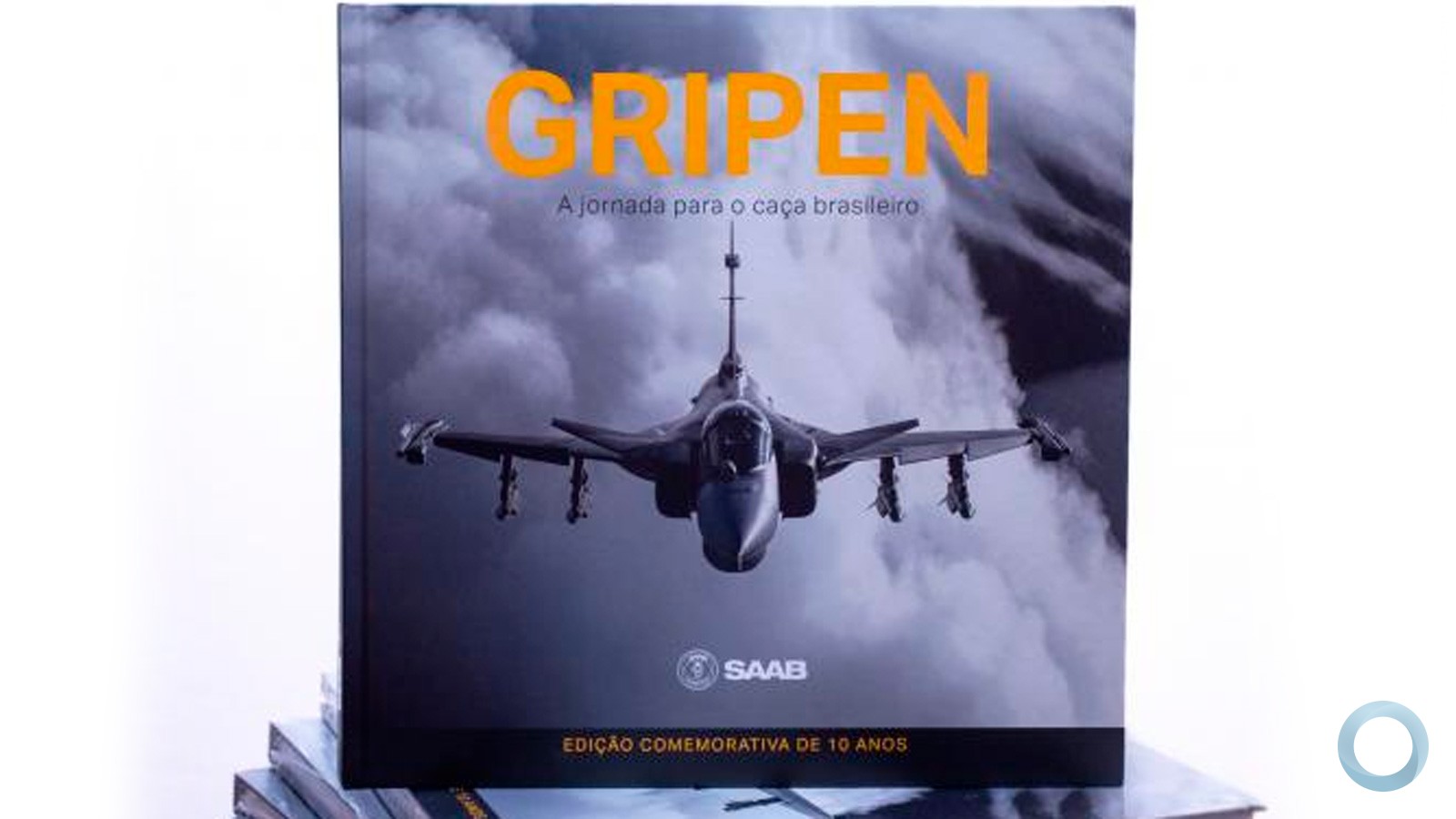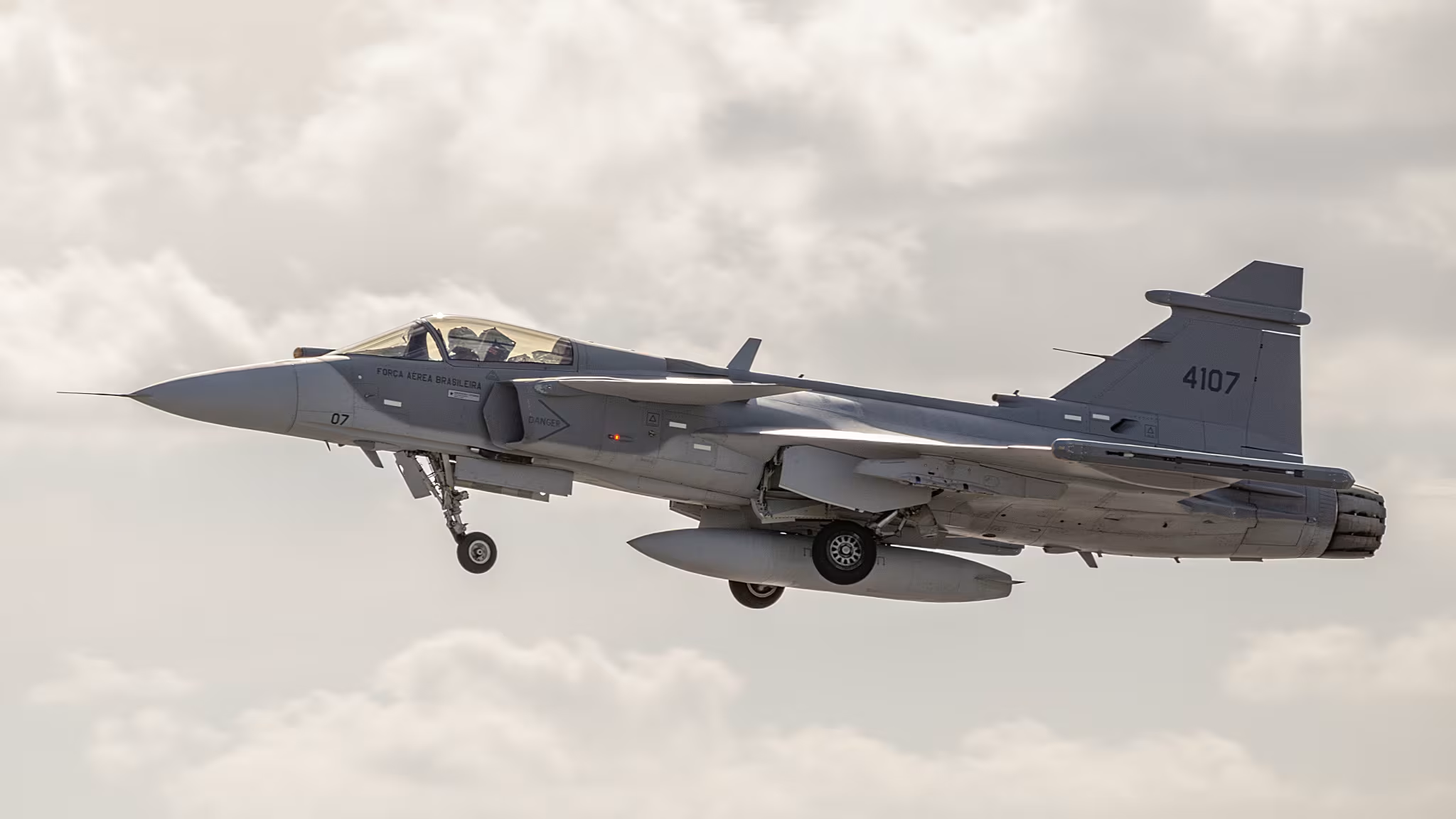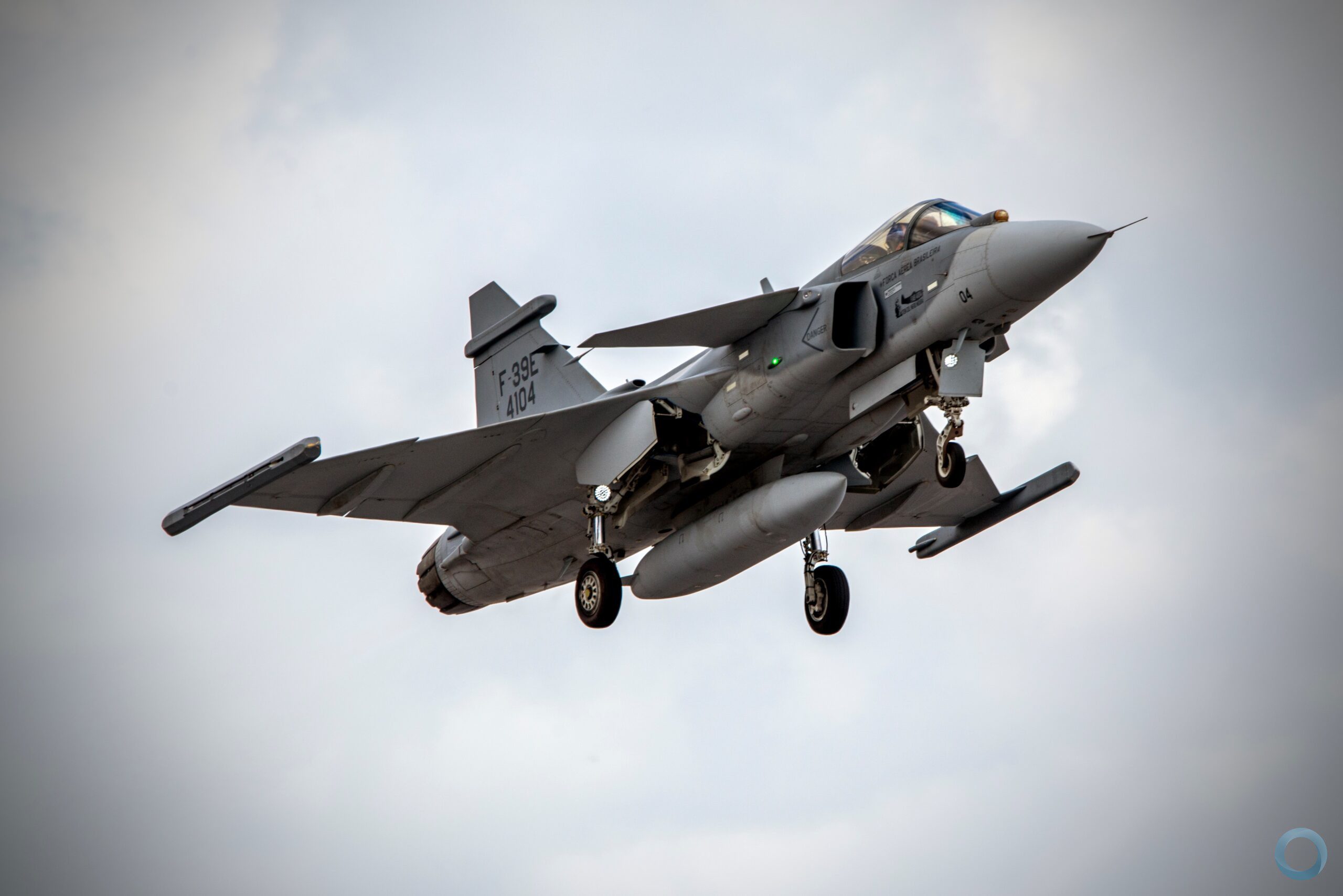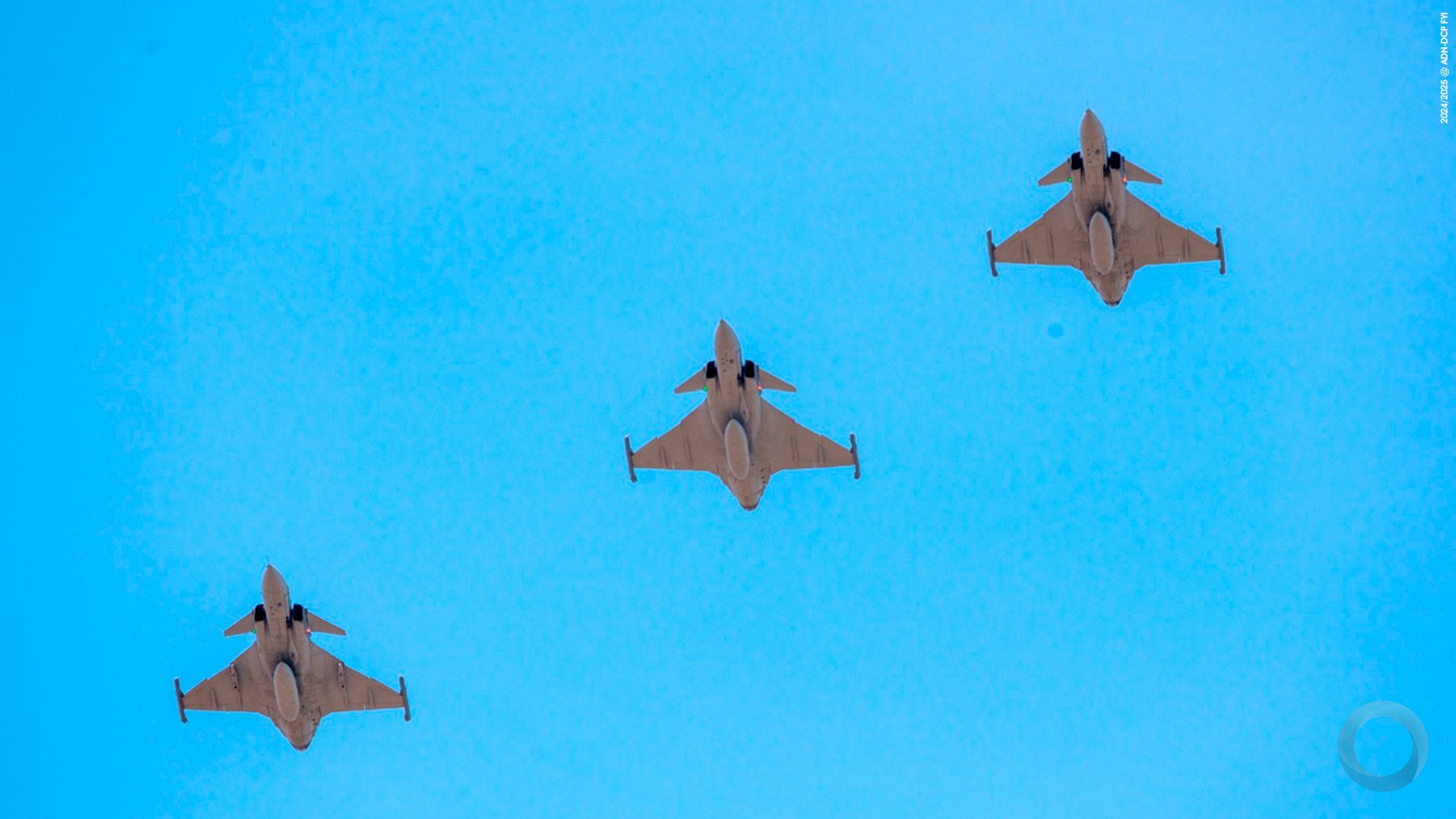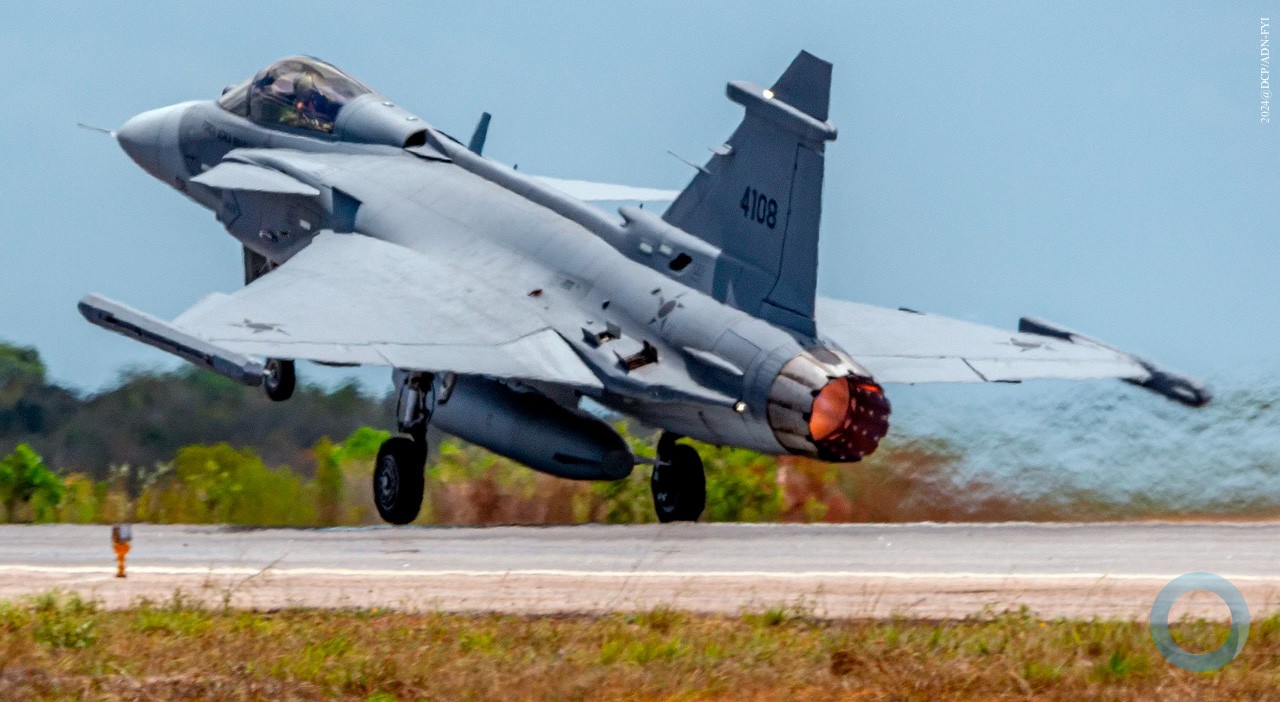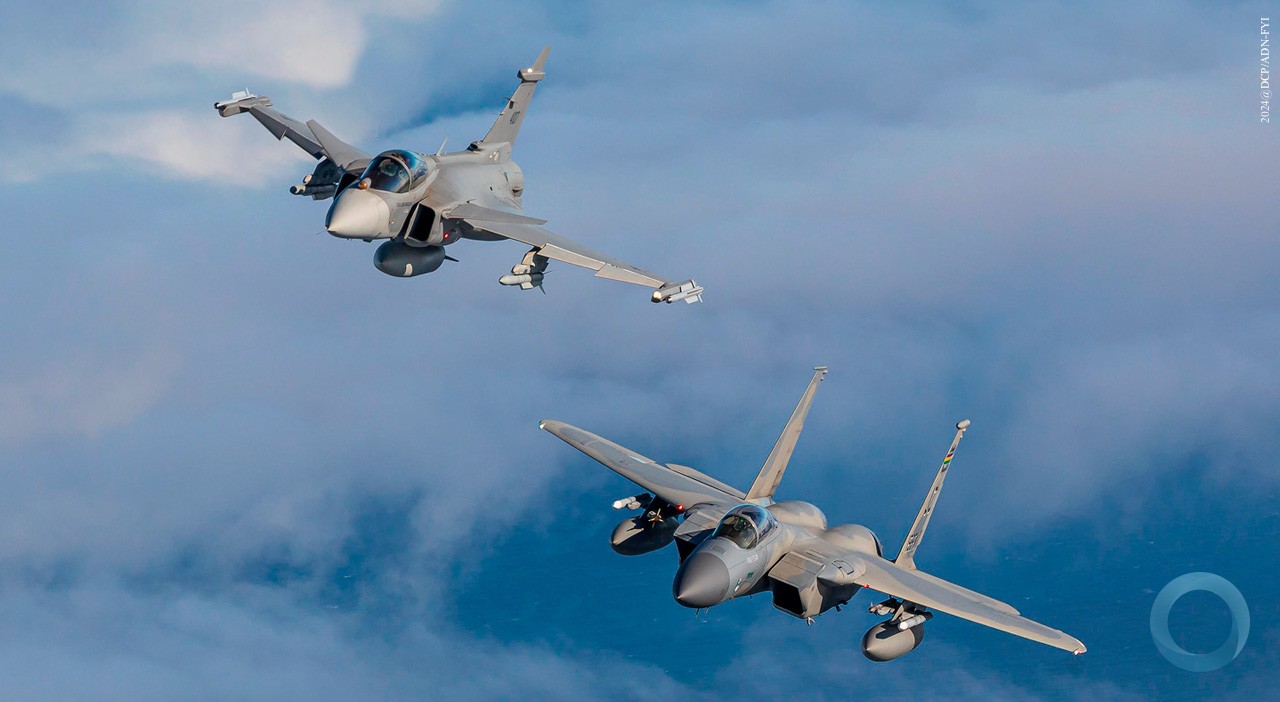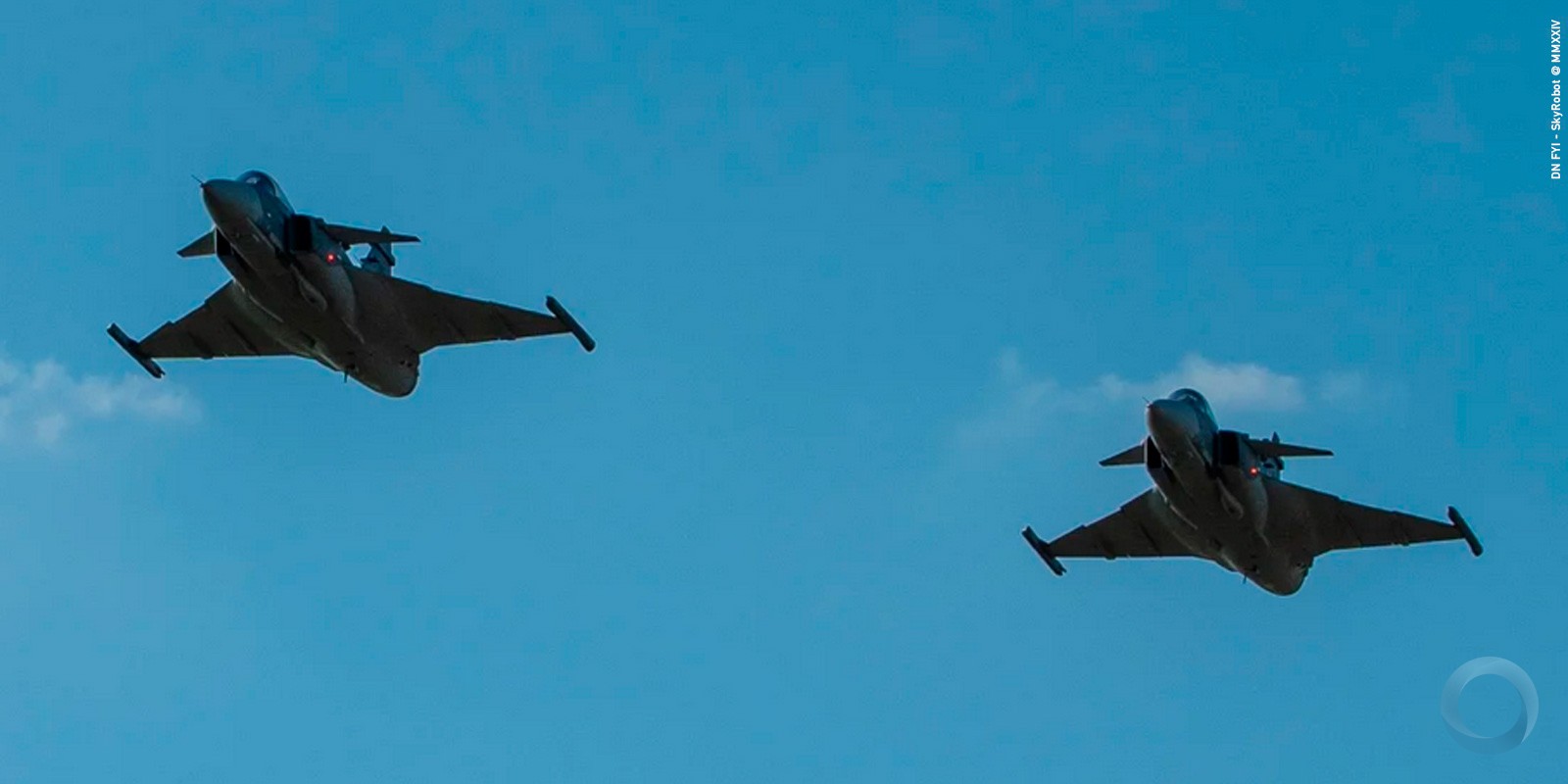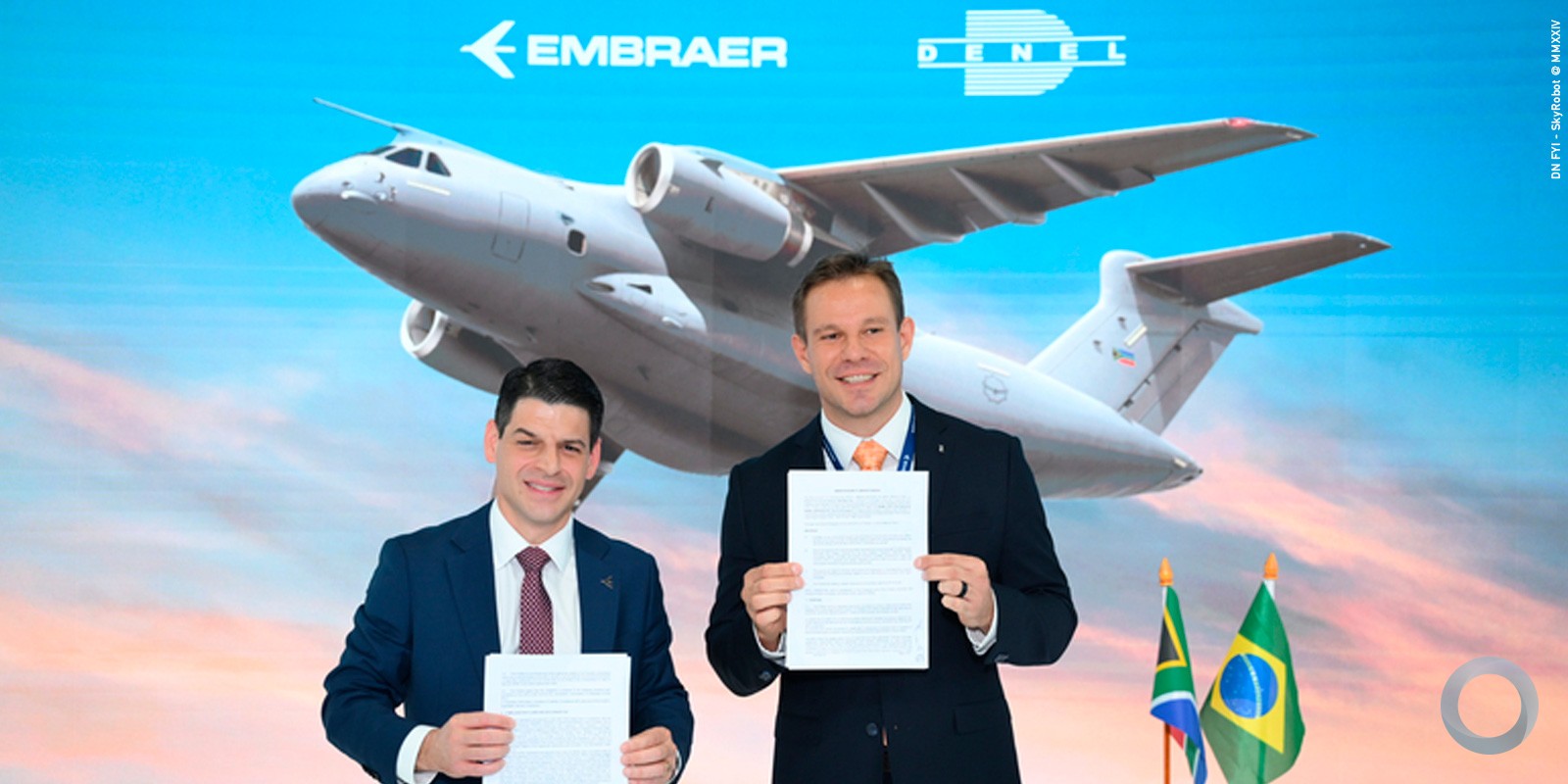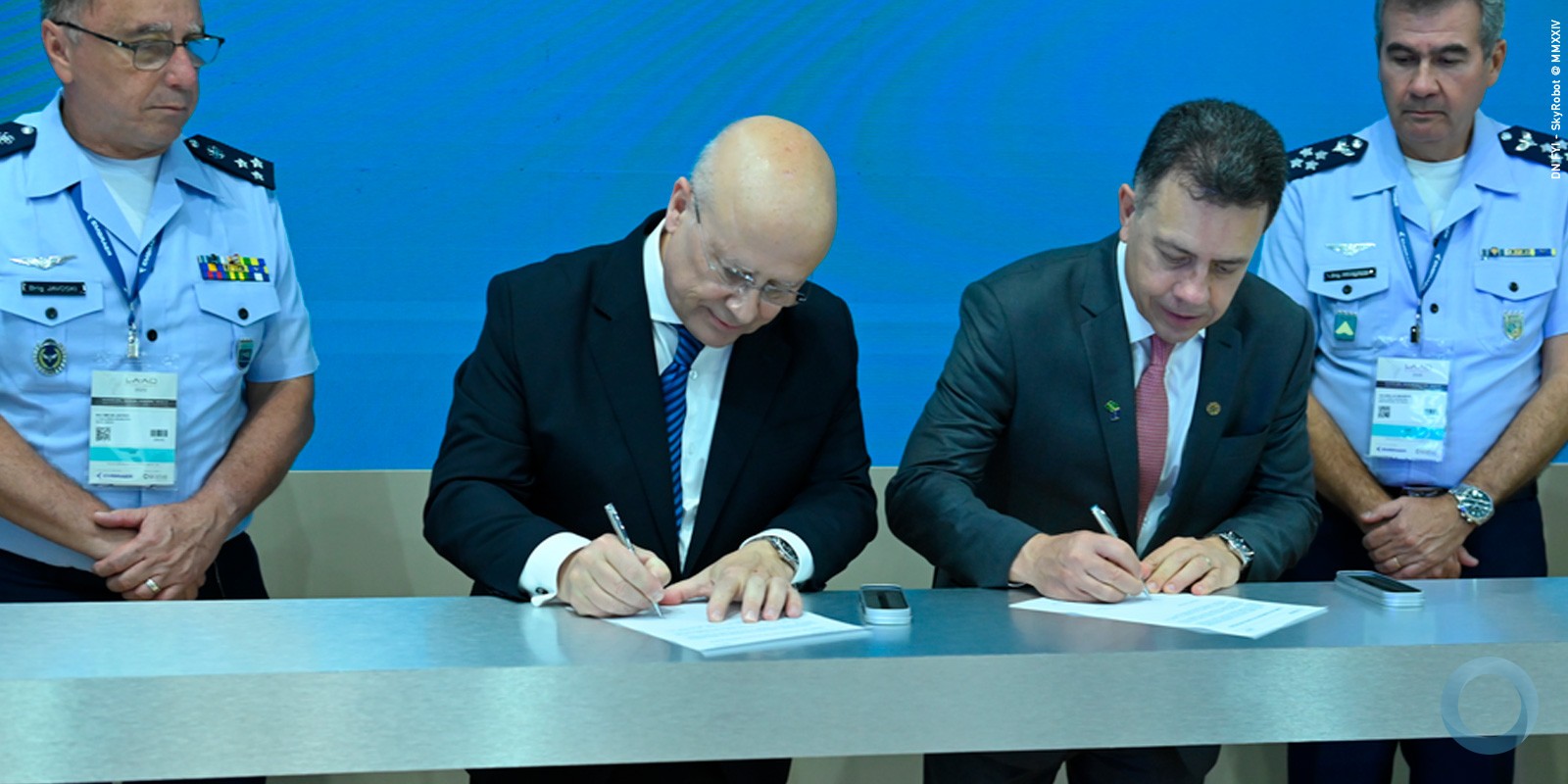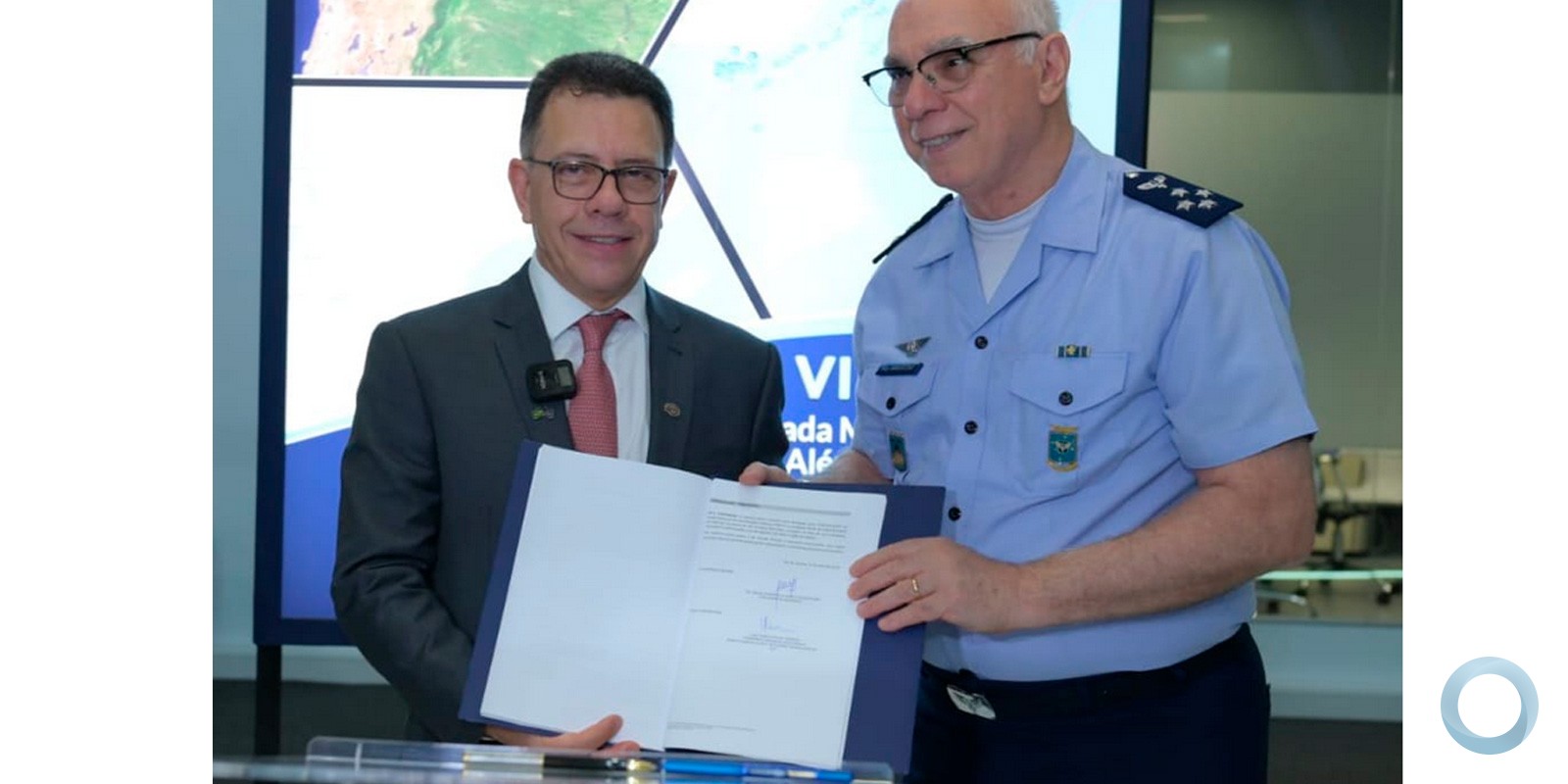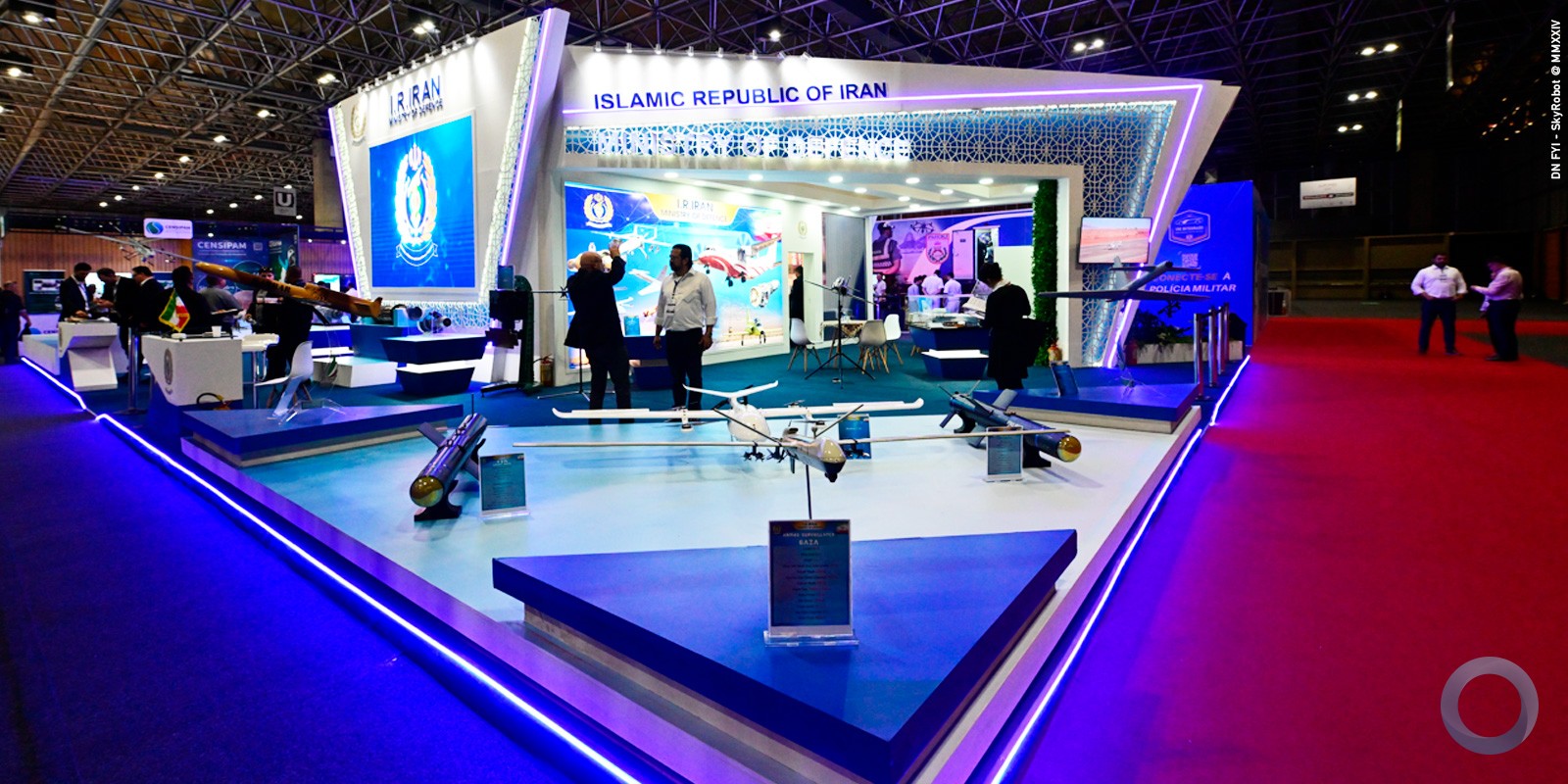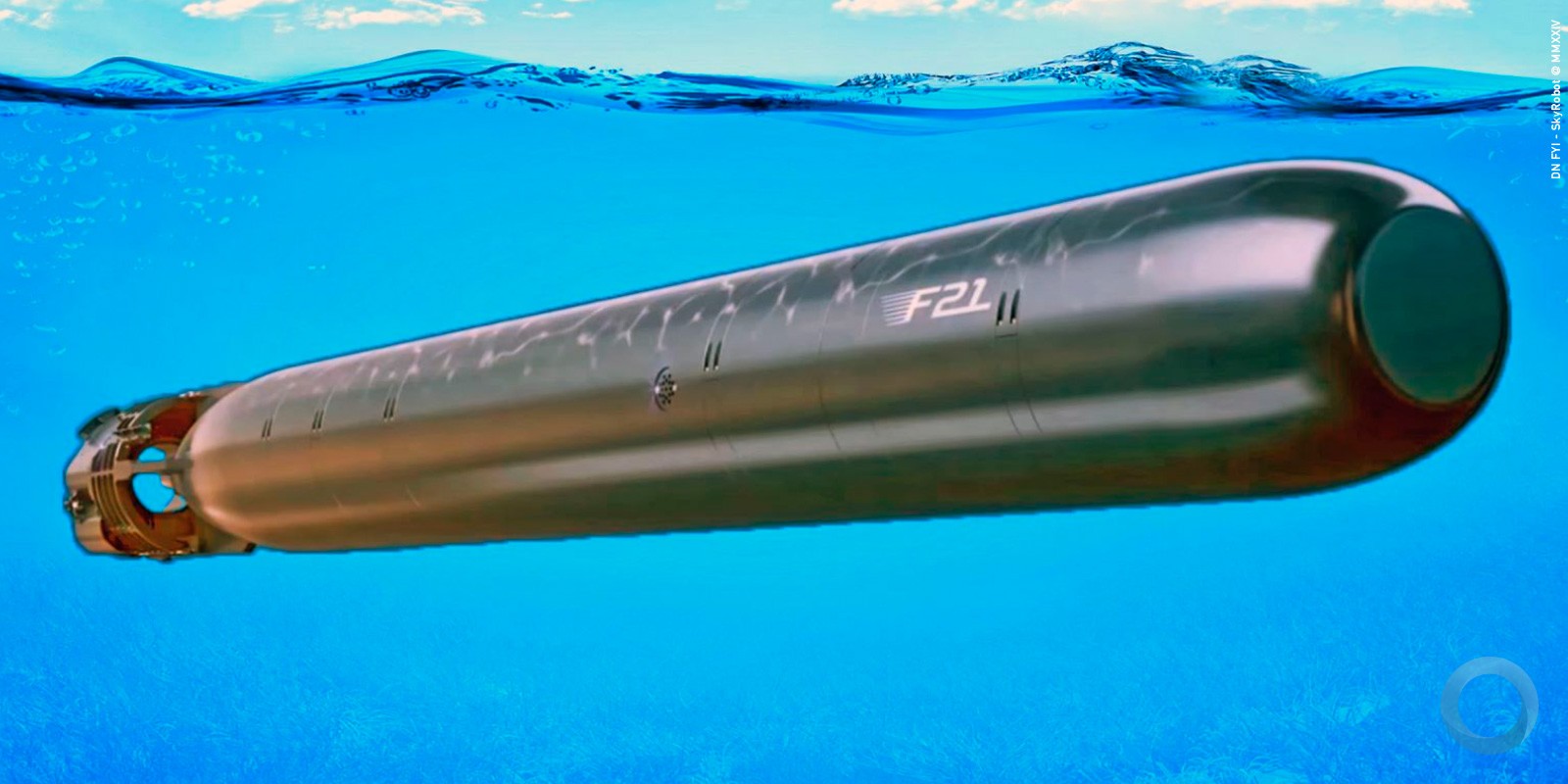Pedro Paulo Rezende
DefesaNet Special
Brazil purchased an idea, not just an aircraft, when the government picked the deal proposed by Swedish company SAAB to provide 36 fighter jets for the nation’s Air Force. The Gripen E/F has less than 10% of its components in common with the previous C/D model, is 800 kilograms heavier, and also has a wider fuselage and slightly less wing-surface.
The first prototype hasn’t taken off yet, due to production-line adjustments still to be made – but the fighter should be flying by June 2016. To sum it up, we are partners in a dream, and SAAB depends on Brazil to put this new product on the market.
The Gripen C/D is a sales success, already tested, reliable and relatively low in costs. Nations such as South Africa, Hungary, Czech Republic and Thailand operate the aircraft, and currently Croatia and Malaysia are negotiating either the acquisition or leasing of Gripen units from the Swedish Air Force. On the other hand, Brazil and Argentina have shown interest in the new E/F model, still in development stage. This means that there is a symbiosis between both Swedish and Latin-American parties in this project.
All of this should be taken into account while the Swedish Prime-Minister, Stefan Löfven, considers wether or not to grant President Dilma Rousseff’s request to adjust the interest rates established in the financial terms of the pre-deal signed between the Brazilian Air Force Command and SAAB back in October 2014.
Economy issues
Last Tuesday (23rd), Rousseff and Löfven had a long conversation via telephone. At the time, the Brazilian President made it clear that Brazil would not give up on acquiring the Gripen E/F, but asked for the interest rates to be lowered, as suggested by Treasury Minister Joaquim Levy in order to save RS$ 1 billion in the next 25 years.
Levy point of view is based as follows: the current interest rates are lower than those established by the OCDE last October. According to the Brazilian government, the Swedish Prime-Minister listened closely to the request, but replied it would be difficult to grant it, since such a move needs to be approved by the Swedish Parliament.
Now is the time to take a break and explain a few things: an international acquisition contract has many steps. According to the competition model for the F-X2 program, several technological standards were set for the aircraft itself. Financial-wise, prices and interest rates were established as well. After that, comes a more detailed negotiation over the financial terms of the deal, which should have been signed eight months – on June 24th – by the Treasury Minister, Joaquim Levy.
The Swedish Export Credit Corporation (SEK), responsible for financing the Gripen contract, uses standards adopted by the Organization for Economic Co-operation and Development (OECD) to calculate the interest on the FAB-SAAB October 2014 pre-deal. The Organization sets monthly rates – known as Commercial Interest Reference Rates (CIRRs) – based on the profits that each Central Bank put on the domestic market. These rules also fix the interest rate at the number presented on any contract at the moment it’s signed.
After meeting with the President, the Minister of Defense, Jacques Wagner, one of the most relevant players in the government staff at the moment, seems to be optimistic. Rousseff emphasized the overall civil tone of the conversation with the Swedish Prime-Minister, who gave another 10 days for Minister Levy to sign on the financial deal for the aircrafts. SAAB had already conceded to another Brazilian request – a RS$ 1 billion payment was divided into five yearly instalments in order to lighten the load on the Brazilian shaky economy.
The new deadline is next month, on July 3rd. Worst case scenario, the financing deal will be signed as it is. However, all Brazilian authorities involved in the negotiations believe Sweden will come through.
Related articles:
Gripen – President Rousseff asks Sweden to review financing plan for 36 unit-contract






